Watercress is a familiar vegetable to many Vietnamese people. However, some housewives are often wary of this vegetable because they think it is grown in dirty places and is easily infected with parasites. If bought at the market, many people complain that the vegetable contains a lot of duckweed, and even worms on the vegetable.
Recently, in The Times of India, the US Centers for Disease Control and Prevention (CDC) announced that watercress is " the world's best vegetable" thanks to its nutritional content. According to the CDC's vegetable ranking, watercress scored 100/100 points, beating rainbow chard (89.27 points), beetroot (87.08 points) and even its nutritional content ranked above spinach (86.43 points).
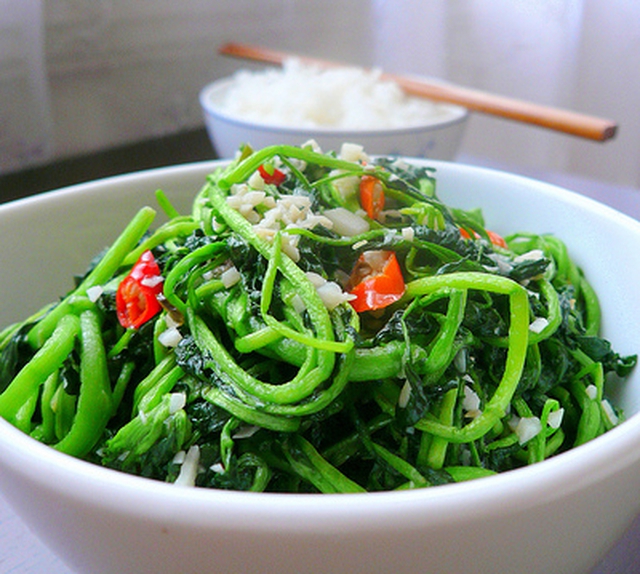
Illustration
According to the CDC, high-quality amino acids are found in watercress. This vegetable is also low in calories, which can help you balance your overall nutrition. Many studies have shown that watercress is also considered an antioxidant. People who eat watercress 2 hours before exercising will help them reduce muscle pain. In addition, watercress also contains a large amount of iron, calcium, potassium, magnesium, and rich vitamin K, which helps prevent brain cell damage.
Even the National Cancer Institute (NCIA) recognizes that watercress can help destroy harmful substances in the body. They contain more vitamin C than oranges, lemons... Furthermore, watercress is also known as a vegetable that contributes to improving cognitive and brain health thanks to its folate content.
Surprising health benefits of watercress
Prevent diabetes
The ability of watercress to regulate blood sugar is due to the ALA component. In addition, the antioxidants in this plant also increase the sensitivity of insulin, the hormone that helps convert blood sugar into stored sugar in the liver and muscles. Not only that, the high content of amino acids and fiber in watercress also actively participates in controlling blood sugar.
Prevent stroke
Watercress contains many powerful antioxidants such as: Vitamin C, carotenoids, lutein, zeaxanthin,... These ingredients are especially beneficial for cardiovascular health, helping the heart muscle to function more durably, reducing the amount of bad fat in the blood and limiting atherosclerosis. In addition, vitamin B9 in this food also effectively prevents the risk of stroke.
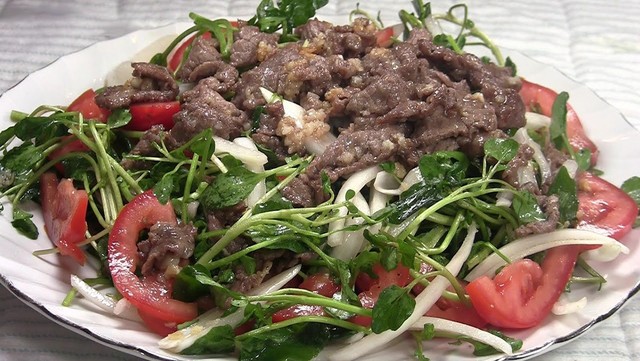
Blood pressure regulation
Zeaxanthin and lutein are two active ingredients that account for a high proportion in watercress. They are known for their ability to eliminate excess fat, prevent and reduce atherosclerosis, thereby helping to regulate blood pressure. Not only that, the trio: Ca, K and Mg in watercress also brings similar effects, in addition to helping limit platelet aggregation and control endothelial dysfunction.
Good for thyroid
As mentioned above, iodine is one of the prominent components of watercress. This micronutrient participates in the structure of thyroid hormones (T3, T4), thereby helping to support the body's metabolism. Therefore, if you include this food in your weekly menu, it will prevent the risk of hypothyroidism.
Helps strengthen bones
The main components of bones are Ca and P, and both of these minerals are present in watercress. Therefore, if you regularly consume this food, your musculoskeletal system will become stronger and healthier, avoiding osteoporosis and weak bones. In addition, vitamin K in watercress also helps reduce the risk of bone fractures because this ingredient is too brittle and porous.
Support cancer prevention
The cancer prevention ability of watercress is highly appreciated by medical experts and nutritionists. Many experimental and clinical evidences have proven that this plant reduces the risk of some cancers such as: breast cancer, lung cancer and colon cancer. In particular, besides prevention, they also inhibit the spread of cancer cells to other organs (distant metastasis).
How much watercress is enough?
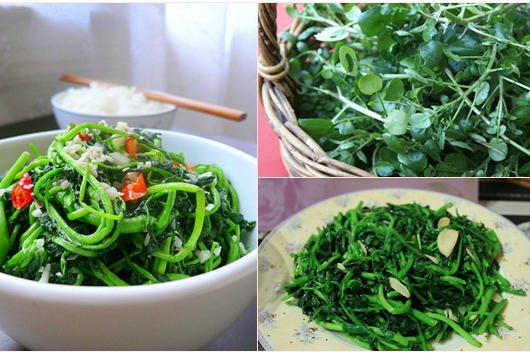
Illustration
According to nutritionists, although watercress has many health benefits, you should not eat too much of this vegetable because it can irritate the bladder, kidneys and stomach. The reason is that 100g of watercress can provide enough vitamin C for the day, so if consumed in excess, the mustard oil in watercress will irritate the bladder, kidneys and stomach.
Note, do not eat raw or undercooked watercress because the risk of tapeworm infection is very high. When washing vegetables, you need to pay attention to wash them clean, wash thoroughly, eat cooked food and drink boiled water, only eat raw watercress of clear origin, to avoid getting sick.
Who should not eat watercress?
- People with gastric ulcers, enteritis, colitis should not eat watercress to avoid bloating, indigestion, abdominal pain making the disease worse.
- People with hyperthyroidism should not eat watercress because it contains high levels of iodine, making the disease worse.
- People who are allergic to watercress should not eat it. People with severe kidney failure should not eat watercress as it will worsen the condition.
Source: https://giadinh.suckhoedoisong.vn/bat-ngo-loai-rau-tot-nhat-the-gioi-ban-day-cho-viet-nguoi-benh-tieu-duong-nen-an-de-keo-dai-tuoi-tho-172240923125358489.htm










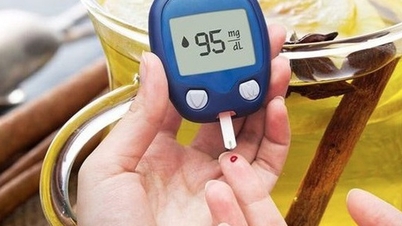




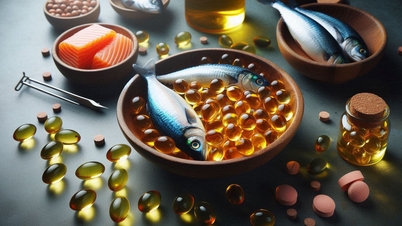




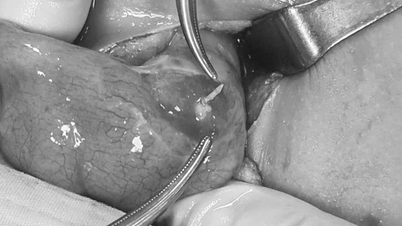







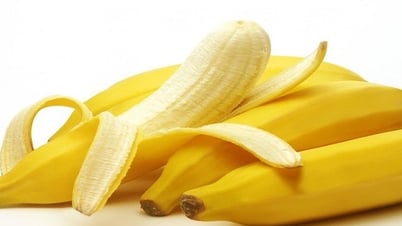
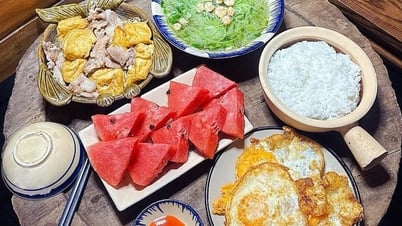
























































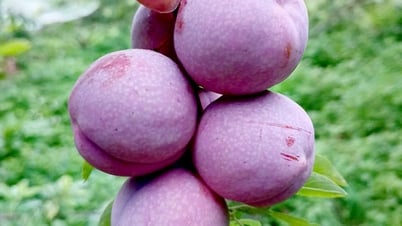

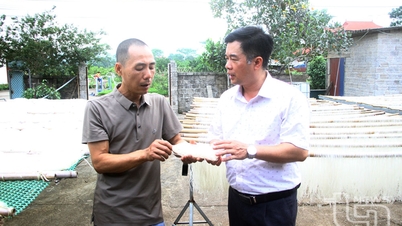



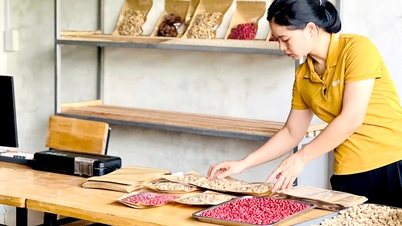








Comment (0)